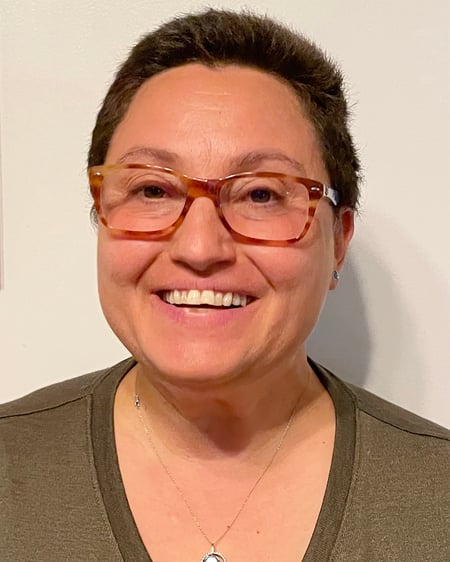Julie Libarkin (she/her) is a professor of environmental science in the College of Natural Science, where she runs the Geocognition Research Laboratory investigating how people perceive, understand and make decisions about the planet and human impacts. Currently, her research focuses on model-driven research design, community-engaged research and mentoring to address access, inclusion, equity and justice in STEM and academia.
What does it mean for the geosciences — or society at large — to acknowledge the racism built into the very fibers of our workspaces, discipline and world?
Recognizing a beloved community as less than perfect is a difficult step in the antiracist journey. I am a natural scientist to my core — I spent two decades studying the fundamental forces that shape our planet. My transition to access, inclusion, equity and justice research was neither fast nor easy; still, as a privileged white woman, sexism I experienced in my career is dramatically overshadowed by racism experienced by my Black, Indigenous and or people of color (BIPOC) colleagues.
Racism can be in your face or subtle. First, the geosciences have a long history of taking from the planet for financial gain. Communities of color often suffer where extractive industries thrive. In our own backyard, the Back Forty mine and Line 5 pipeline illustrate the environmental injustice that can result from tensions between industry and minoritized communities.
Over years of research, geoscientists have shared their experiences with my lab. Some are shocking — imagine being a young scholar at a professional meeting, eager to present your work. A stranger approaches you, tells you “your kind” doesn’t belong, and demands you leave. All because your dress, skin color, hair style or demeanor does not match a preconceived (and, frankly, racist) idea of who a geoscientist is. Or consider the manuscript reviewer who, upon reading your non-Anglo name, decides that English must be your second language and proceeds to declare the manuscript “unreadable.” Even more subtle, imagine the professor who earnestly wants to work with BIPOC students, but declares BIPOC people uninterested because only white students apply.
Addressing racism in geoscience — and academia at large — is not easy, but it is possible. Accepting racism as part of our history and system, we can take action to combat racist structures, including: (1) targeting, recruiting, promoting and retaining BIPOC students and colleagues, (2) building transparency and accountability into all decision-making, (3) valuing research with BIPOC communities through, for example, increased funding, and (4) ensuring our work is accessible and inclusive to all. We will know we have gotten closer to being antiracist when our scientific communities reflect the diversity of the general public.
Finally, non-BIPOC people must work as accomplices against racism by centering the voices of BIPOC individuals. The Ali et al. (2021) paper was led by a Black woman and included many marginalized and minoritized voices. As a co-author and white person, I made sure my voice did not drown out BIPOC voices. Similarly, in writing this faculty voice, I sought out BIPOC colleagues for their advice and guidance. Thus, I deeply thank Dr. Carmen McCallum and Dr. Patricia Jaimes for their mentoring, patience and companionship in my antiracism journey.
